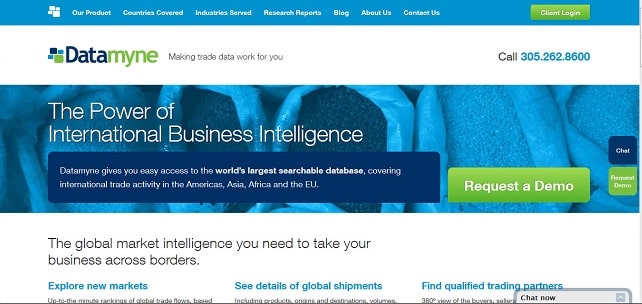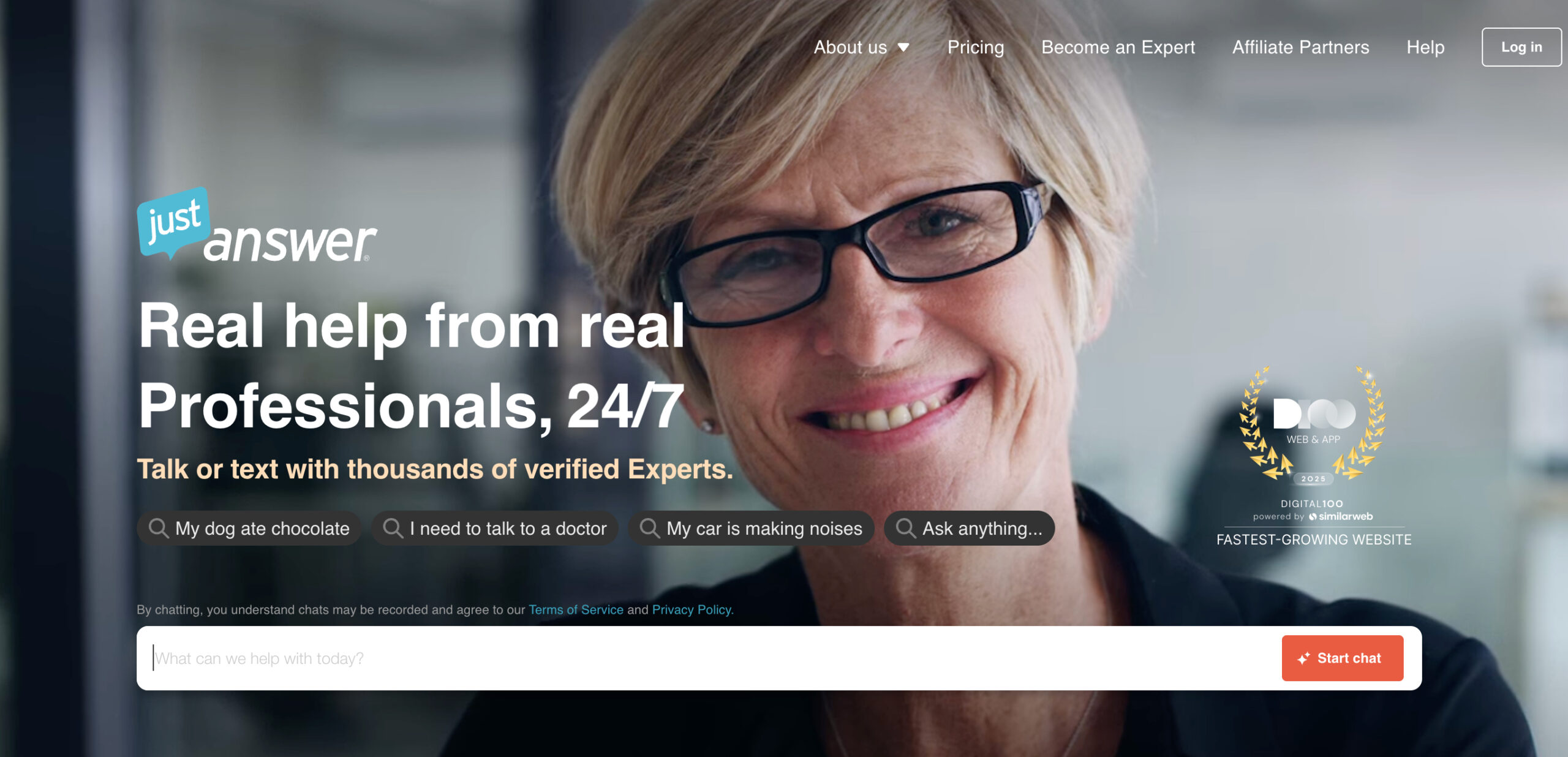
Datamyne Makes Millions with Site License Sales for International Trade Data
Lorem ipsum dolor sit amet, consectetur adipiscing elit. Ut elit tellus, luctus nec ullamcorper mattis, pulvinar dapibus leo.
Group subscriptions for B2B data is not a new thing, and Datamyne is a great example of this, having offered them since 1992 (albeit with modems). CEO Brendan McCahill and Lisa Wallerstein, VP of Marketing & Product Development, spoke with Insider about how the site cleans and standardizes international trade data from countries all over the world and then tailors its subscription packages for each organization, allowing them to charge anywhere from $3,000 a year to $10,000 a month. Plus, discov...
HELLO!
This premium article is exclusively reserved for Subscription Insider PRO members.
Want access to premium member-only content like this article? Plus, conference discounts and other benefits? We deliver the information you need, for improved decision-making, skills, and subscription business profitability. Check out these membership options!
Learn more about Subscription Insider PRO memberships!
Already a Subscription Insider PRO Member?
Please Log-In Here!








